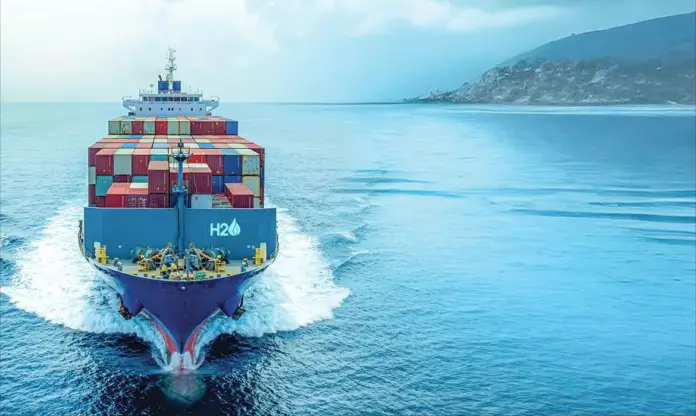
Maritime transport is the main means by which more than 80% of the goods traded globally are transported. However, it is estimated that the voyages made by ships, which are directly linked to multiple supply chains, represent between 2% and 3% of global greenhouse gas emissions, according to a report by the United Nations (UN), but the figure could rise to 17% by 2050 if stricter controls are not exercised, given that it is estimated that by that year the volume of trade could more than double.
Clearly global alarms have been raised. For this reason, the International Maritime Organization (IMO), the United Nations body that regulates maritime transport, has set on its agenda a 20% reduction in maritime transport emissions by 2030, a 70% reduction by 2040, taking 2008 as a reference, as well as achieving net zero emissions by 2050. In this sense, a large part of this effort will involve shipping companies modernizing their fleets and adopting low-carbon solutions.
In this industry, it is known that ships are long-lived, that is, they can reach an average of 25 years of life, “so some are too old to be refurbished and at the same time too new to be withdrawn from the market,” according to CEPSA, a global company focused on sustainable mobility and energy.
The same UN study says that the transition of the maritime sector could reach costs of between eight and 20 billion dollars (mdd) annually to decarbonize ships by 2050. As for the development of infrastructure, investments could even reach 90 billion dollars annually.
The World Economic Forum (WEF) has mentioned in its analysis on climate change that the maritime transport sector is taking steps to reduce emissions. For example, carriers have placed orders for more than 200 double methanol ships (a viable fuel for a transition to decarbonization). In addition, tests are also being carried out with engines capable of sailing with other so-called green fuels, such as ammonia.
However, the WEF notes that methanol and other zero-emission fuels are already in short supply, and the current outlook for supply projects is worrying: more than 95% of maritime fuel project plans have not yet reached the final investment decision (FID), necessary for construction to begin.
Source: t21






